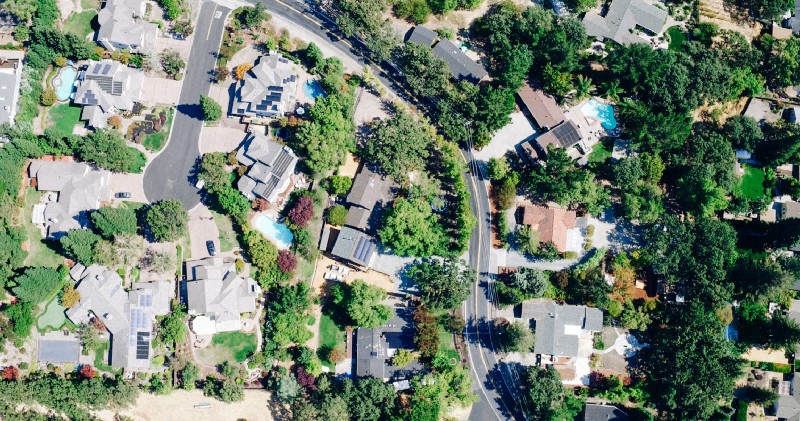There’s been a gloomy mood among some clean energy advocates in the weeks after the U.S. election, but if you want some clear-eyed optimism about the popularity of solar (from someone with serious skin in the game!), heed the words of EPA Administrator Gina McCarthy. In a speech Monday at the National Press Club, McCarthy said that “the inevitability of our clean energy future is bigger than any one person or nation” — without naming any names. And, thanks to the clear science behind climate change and the falling costs of renewables worldwide, she asserted confidently that “the train to a global clean energy future has already left the station.”
Mosaic’s co-founder and CEO Billy Parish was on Bloomberg TV yesterday to talk about the future of solar under the new administration, and he’s just as positive about our industry’s future. Regardless of the preferences of the federal government, he observed that “the [solar] market has taken on a life of its own” thanks to strong state-level policies and low costs that have made solar’s economics appealing regardless of politics. Summing up the state of play, he went on to say that “ultimately, this about which electricity sources are best for the country and the economy — and right now solar is cheaper than other forms of electricity.”
The numbers back up this clean energy optimism. Earlier this year, analysts at GTM Research found that residential rooftop solar was cheaper than grid electricity in 20 states in the U.S. today, and projected that it would be cheaper in 42 states by 2020. A similar analysis by the NC Clean Energy Technology Center at North Carolina State University found that going solar can save you money compared to your utility in 42 out of 50 of the largest cities in the country — and it’s a better investment than the stock market in 46 of those cities!
“The inevitability of our clean energy future is bigger than any one person or nation…the train to a global clean energy future has already left the station.”
— EPA ADMINISTRATOR GINA MCCARTHY
This economic case has created unstoppable momentum for the popularity of home solar. A new study by the National Renewable Energy Laboratory (NREL) on electricity sector trends looks at distributed solar, which has seen annual installations grow from 468 megawatts (MW) in 2010 to 2.5 gigawatts (GW) in 2015. The residential sector is the fastest-growing segment of all, surpassing 2 GW of installations in 2015 for the first time and growing 66% over 2014 according to the Solar Energy Industries Association. The NREL study estimates that cumulative rooftop solar would grow from 8.5 GW today to 200 GW in 2050 under its median cost improvement projections, and up to 350 GW if costs drop even faster.
It’s worth noting that this growth in solar popularity is projected to occur without the benefit of the Clean Power Plan or any other new federal policies to support solar.
Beyond the favorable economics of solar, it’s also a major job creator — which tends to be appealing to Americans of all political persuasions. In his Bloomberg interview, Billy cited the fact that the solar industry is adding jobs at a rate 12 times that of the rest of the economy, for a total of over 200,000 solar jobs nationally at the end of 2015. That’s another big reason why “solar is one of the most popular things in America right now,” as Billy said, with a recent Pew survey finding that 89% of Americans support more solar power — including 85% of Republicans and 95% of Democrats!
What Billy calls the “universal” popularity of solar is great news because the potential of this sector is virtually limitless. A separate study from NREL released earlier this year found that there’s technical potential for about 1,118 GW of rooftop solar installations across the U.S., which would be enough to generate nearly 40% of our current electricity demand! So, while there is much to be worried about in the world today — and that’s always been the case — we’re focusing on the enormous opportunity in front of us, and we’re excited to continue building a clean energy economy that benefits all Americans.
